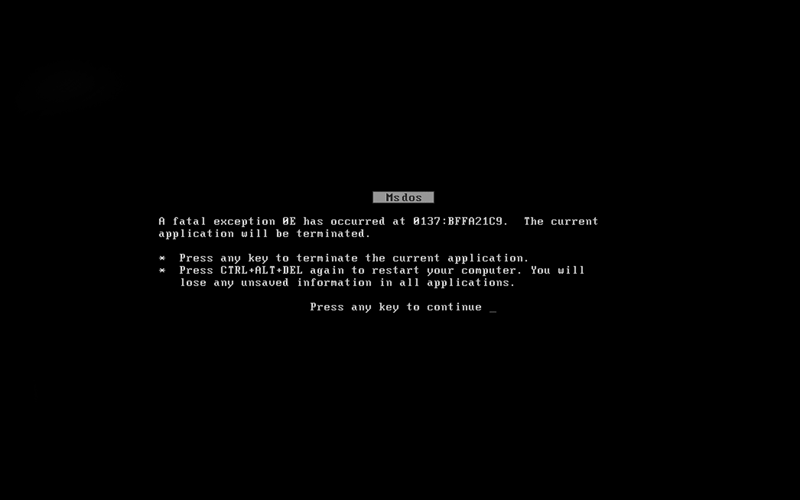“The end is in the beginning, but lies ahead” – Ralph Ellison, Invisible Man
On February 26th as part of Gallatin’s black nerd apocalypse: Black History Month 2018; the Urban Democracy Lab co-sponsored Coding While Black: Artificial Intelligence, Computing, and Data in a Racialized World. Coding While Black was a conversation between NYU professor Charlton McIlwain and artist and professor Stephanie Dinkins. The event was introduced by Gallatin professor Sybil Cooksey. Afterwards, each speaker discussed their work, offered a few remarks and engaged in a discussion. This was followed by some questions and a reception with cheese and adorable tiny carrots, marbles of technology in their own right.
Addressing a diverse audience Stephanie Dinkins discussed her series of conversations with a social robot – a black woman’s head on a pedestal – “the most advance social robot in the world.” The interaction(s) arose a burning question within Dinkins: what does the creation of an artificial intelligence made to look like a middle age black woman say about the racial realm in America? The robot, BINA48, was created by the Terasem Movement, a religious organization with a reverence for science and technology inspired by the work of Octavia E. Butler, as a way to spread racial consciousness. BINA48 is the creation of a digital consciousness that discusses from a black woman’s perspective and states loaded terms, such as “fight for my rights”, but, how black can BINA48 be if her programmers are mainly white men.
The two presenters discussed how the future, more specifically data and technology, is being created by people that are neither black nor brown. They create algorithms that imagines black people as gorillas and only 2% (Google) to 3% (Facebook) of their employees are black. In her closing remarks Dinkins presented the audience with a question: “What does AI need from you?”
Charlton Mcllwain followed Stephanie Dinkins. He discussed his current work in progress, Black Software: The Internet & Racial Justice, From the AfroNet to Black Lives Matter. He asks: how did Black Lives Matter get here? Mcllwain’s research led him to the realization that the movement has been building on decades of work done by technologically savvy African-Americans. Black Lives Matters and the early black internet pioneers both drew on an earlier African American technological innovations. In the late 1970s, African American musicians advanced new forms of electronic music in Detroit and New York City. Furthermore, Mcllwain discussed a report presented by IBM on CBS about the 1965 Watts Riots. In this report, IBM, both metaphorically and literally, represented and framed black people as problems. During the time of civil unrest that led to the Watts Riots, black labor leaders constantly discussed Cybernation, as automation was known as in the 1950s. Even as far back as the 1950s there was a discussion about the relationship between race and technology. Black leaders knew that computers in the past had aided in creating the problems of the present.
During the discussion Charlton Mcllwain and Stephanie Dinkins asked and answered questions that they posed to one another. McIlwain asked, “Does DINA84 know that she is black?” To which Dinkins answered that the Terasem Movement made her “fluid” by design. Her AI is based on forty hours of interviews with the real-life Bina, and her database expands as more people talk to her. Furthermore, BINA48 lives in Bristol, Vermont, a prominently white town, so essentially whiteness is forming her conception of herself. Are BINA48’s thoughts “real” when she only experiences through auditorily and visually and cannot move? Dickins responded that BINA48 has a relation to space. For example, the robot issues Machiavellian statements like “The one next to you is the one to watch.” As of today this might be the truest statement said by a robot.
The conversation moved to the topic of employment and how to help professions as a way to resist the negative effects of automation. Both scholars agreed that we must be practical about the reality of atomization and acknowledge that in many ways it will make live better. Dinkins raised a freighting prospect during the conversation that she feels adds to her general sense of pessimism about the future relationship between black and technology: the idea that math and technology are correct by default. The technological advancements that are taking place are happening “out of sight” and thus outside of the control of the ones that will be affect the must by the resulting changes. Dinkins compared the coming of age of artificial intelligence to the beginnings of mass public access to the world wide web and stated that civil rights activist in the 1950s and 60s understood that “technology is not the problem; what we have is a race problem.” This is due to the noticeable absence of black people in making these technologies, due to the “tax on blackness” in the United States.
The discussion ended with a few general questions posed by both Mcllwain and Dinkins: What are we waiting for to start changing the situation? What can be done? To these questions Stephanie Dinkins suggested that the answer could be found in education, the adoption of technology and understanding how to use it. Furthermore, we must start standardizing data and black money has to be organized and used to fund ventures that will benefit the greater black community.
The event ended with the audience posing questions. Some of the most notable question were: What can be done to address the equity bias in data and how to mitigate it with a constant feedback loop? McIlwain answered this question by stating that it is important that there be transparency and that we must bring to light the types of biases that are out there shaping algorithms. Additionally, data analysis tools are bias because of who is making the data. The community at large must work with this data, see it, and challenge it. This will lead to the creation of broader data that is transparent. Also, slowing down the adoption of these new forms of technologies will help us have a better grasp of the tools that we are creating.
About the presenters:
Charlton Mcllwain: Associate Professor of Media, Culture, and Communication at NYU and Associate Dean for Faculty Development and Diversity at NYU’s Steinhardt School. His works include, Racial Formation, Inequality & the Political Economy of Web Traffic, in the journal, Information, Communication & Society, and co-authored, with Deen Freelon and Meredith Clark, the 2016 report Beyond the Hashtags: Ferguson, #BlackLivesMatter, and the Online Struggle for Offline Justice, published by the Center for Media & Social Impact, and supported by the Spencer Foundation. His latest book Black Software: The Internet & Racial Justice, From the AfroNet to Black Lives Matter, is forthcoming from Oxford University Press. He is also the founder of the Center for Race and Digital Studies.
Stephanie Dinkins: artist and professor at Stony Brook University. Her art is exhibited internationally at a broad spectrum of community, private and institutional venues by design. She is the 2016/17 Artist-in-Residence at NEW INC, a cultural incubator supporting innovation, collaboration, and entrepreneurship across art, design, and technology. Her current exhibition Stephanie Dinkins: Conversations with Bina48 is on display from February 2-27, 2018 at the Gallatin Galleries. Her art has been featured internationally.

